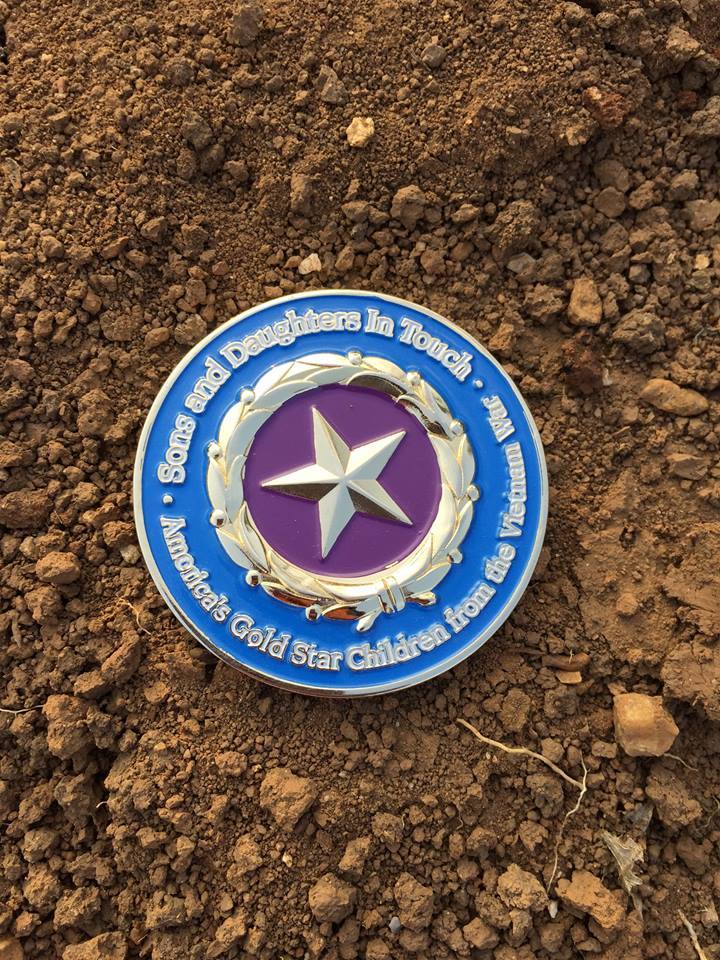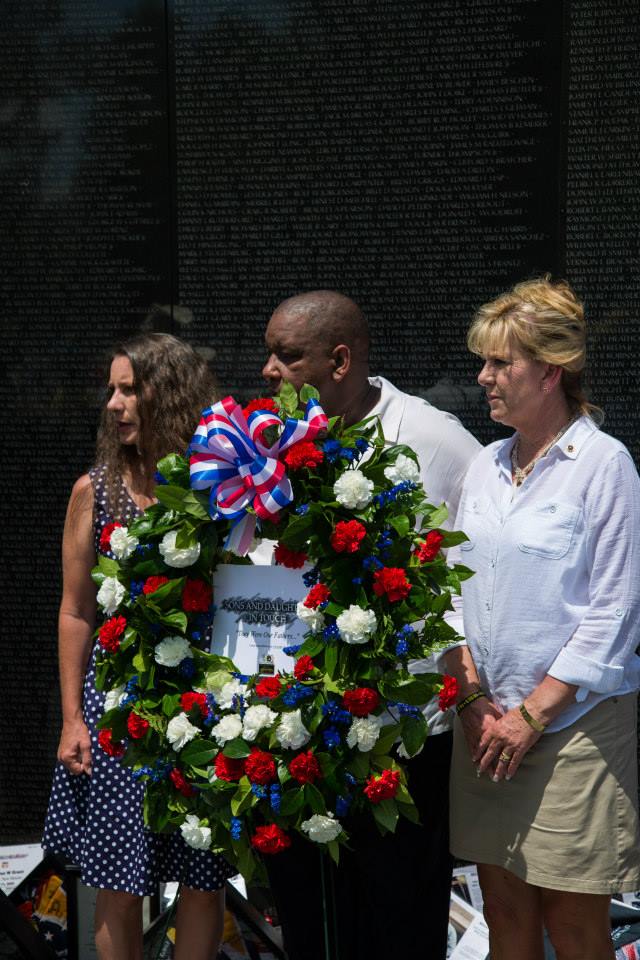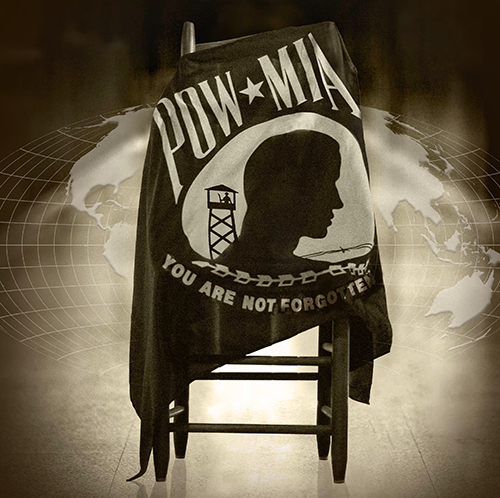
‘…when I first understood the meaning of love’ – a tribute to my mother.
By Cammie Geoghegan Olson, 2011
Long forgotten and recently found pictures of my parents- on their wedding day, honeymoon and early years of my childhood- combined with an interview I heard of a Navy Seal widow being asked “What will you tell your children about their father?” compelled me to explore when I first understood the meaning of love.
The beauty is there is no exact moment, but a collection of moments and mementos. Family stories shared, memories carefully tucked away in a trunk, old pictures and written words from a life long ago. Maybe this is my moment as I pull it all together, my mom being the common golden thread.
Barbara Ann Weathers and John Lance Geoghegan married on Friday, June 13, 1964. Friday the thirteenth. This left my superstitious paternal grandmother (Mimi) in fear for her only child and his new bride. Was it an omen? Mom wonders if Mimi spent the rest of her life believing it was.
Following their wedding, they traveled to Tanzania, Africa to spend nine months as missionaries for the Catholic Relief Service. I was conceived in Africa and born on June 1965. My father was in training to leave for Vietnam in August. It was a blessing I was born early, allowing my father more time with me before he left.
Three months after reaching Vietnam and five days following his twenty-fourth birthday, my father was killed in action.
With heartfelt emotion and eloquence, Mom shared her story in a chapter of the book We Were Soldier’s Once and Young [1]. The following describes the moments after learning of my father’s death.
“I went upstairs to look at Cammie, sleeping peacefully, not knowing how her life was so altered. In a recent letter, Jack (my father) said: ‘How about giving Cammie a little brother when I get back?’ Now there would be no more little Geoghegans. I picked up my sleeping baby and hugged her hard, still not believing that an end had come to everything we had hoped and dreamed and planned.”
We both lived in our “little house” in Redding Connecticut; my mom named the house “Dar Es Salaam,” which is the name of the largest city in Tanzania and means “Haven of Peace.” My grandparents (Mimi and Gee Gee) lived further up the hill. Even in their sorrow, they were determined to raise me surrounded with love and laughter. An excerpt from a letter Mom wrote to me when I was three years old describes my environment in those early years.
“How glad we were when you were born into this world my dearest Cammie! How glad I am that your father could be with us long enough to see you enter it safely and surrounded by love: his love, my love, our love as your parents. How glad I am that he saw us safely nestled in a little home on a hill near his parents in Redding, Connecticut, where they and I have showered you with love, warmth, and security.”
Your father had to leave us one November day in 1965, but he did not leave without knowing that his dearest loved ones were safe and secure with each other. It is as if he had placed you entirely in my care, with the love, devotion, and guidance of his beloved parents very close by. And it is as if he had said, ‘I cannot be physically present, but I will be with you – in thought, in memory and in whatever way I can from my place with God.’ ”
The letter was placed at the beginning of a leather bound album (one of two) embossed with “To Dearest Cammie, By his deeds will you know him.” Along with the albums is a trunk including the flag that laid on his casket, metals, yearbooks- whatever Mom had which would help me bring my father back to life. I was never pushed to delve into these items, but I knew they were there and Mom would be there when it was time.
Many people in the same situation would bury their feelings, destroy anything reminding them of their loved one and not allow anyone, including their own children, to speak of the loss. My mother is extraordinarily different.
Several years later, Mom remarried and chose a man who loved me as much as he loved her. A unique man whom she met in Mimi and Gee Gee’s home. A man who also believed in keeping the memory of my father alive. “We married Daddy” in April 1969. My new daddy has loved me and supported me in all my efforts to learn about my father. When I traveled to Vietnam to “walk in my father’s footsteps,” Dad was the first one I called to tell about my experience in Saigon (he had served there himself in the early ’60s).
Our family circle had grown and we moved away from Redding. We visited Mimi and Gee Gee frequently throughout their lives (they were a third set of grandparents to my brother and sister who came along in the early ’70s). Those visits are etched in my mind and some of my most cherished memories.
It wasn’t until I was a young adult, and closer to the age of my father when he died, that I started to yearn for details. Ironically, it was around this time Mom was asked to retell her story for We Were Solder’s Once and Young (The book written by and about those who fought in and were affected by the battle that took my father’s life). Ten years later, a movie was made and my original family portrayed. The producer, now a close friend, told us it was Mom’s piece that moved him to bring the book to the screen.
I had many resources to pull the pieces together, priceless gifts! Engulfed with tears, I dug into the trunk and read the book. I was overwhelmed with sorrow at the grief my loved ones must have felt, but grateful I was sheltered from it. I was then struck by the reality that I will never know the humanness of my father- how he walked, how he talked. Nonetheless, Mom helped me create an image that brings me peace.
Last October, after thirty years, Mom and I traveled back to Redding. We knocked on the door to our “little house” and were warmly greeted by a kind gentleman. He listened to our stories and showed us around. So much had changed: walls taken down, rooms added and rearranged, beautiful landscaping. However, the spirit of the house was the same. I looked where the kitchen was and remembered the picture of Mom bathing me in the sink. Oh, and the sun porch…I eyed the spot where my father had held me, images from old photographs running through my mind.
As we were leaving, this wonderful man promised to tend to the Geoghegan cemetery plot. Now there will be flowers from the garden at “the little house”, flags on Memorial Day and a dear soul to periodically stop by to “check on things.” Our former home must have an essence about it to attract special people to live within its walls.
At the cemetery, we found the familiar spot, the original family of three, together on a hill overlooking the beautiful country side. Mom said they chose the spot because they found peace in the idea of my father longing to return to his “little home on the hill.” Sunbeams radiated off the top of the Geoghegan headstone as I captured the moment in pictures. It was surreal.
Brushing aside fallen leaves from Mimi’s marker, Mom said, “I don’t know how I would have managed had it not been for you and your father’s parents.Years later they [Mimi and Gee Gee] said the same thing about me. I guess we kept each other going. When one was weak, another was strong.”
We shared our favorite memories of Redding. A moment which could have been melancholy was just the opposite. Love and laughter surrounded us. We had come full circle.
Love encircles my life to this day. I married the man of my dreams, have given birth to two beautiful healthy daughters and am blessed by a large extended family and dear friends.
Every so often, I find “another piece to the puzzle,” a picture of my parents in Africa by their homemade Christmas tree, the freckles we call “angel kisses” on my daughters’ cheeks reminiscent of the many freckles on my father’s face, an old soldier meeting me for the first time, saying those familiar words, “You look just like your Dad!” Moments of awareness each embracing me with an overwhelming feeling of comfort. All this I owe to the strength, grace, unwavering devotion and love of my mom.
_______________________________________________________________________________
[1] Moore and Galloway, We Were Soldiers Once And Young, (New York: Random House, 1992), 333.
[Web site note: the birth and infancy of Cammie Geoghegan Olson was a central story in the movie, “We Were Soldiers.” Her parents were portrayed by actors Chris Klein and Keri Russell.]


